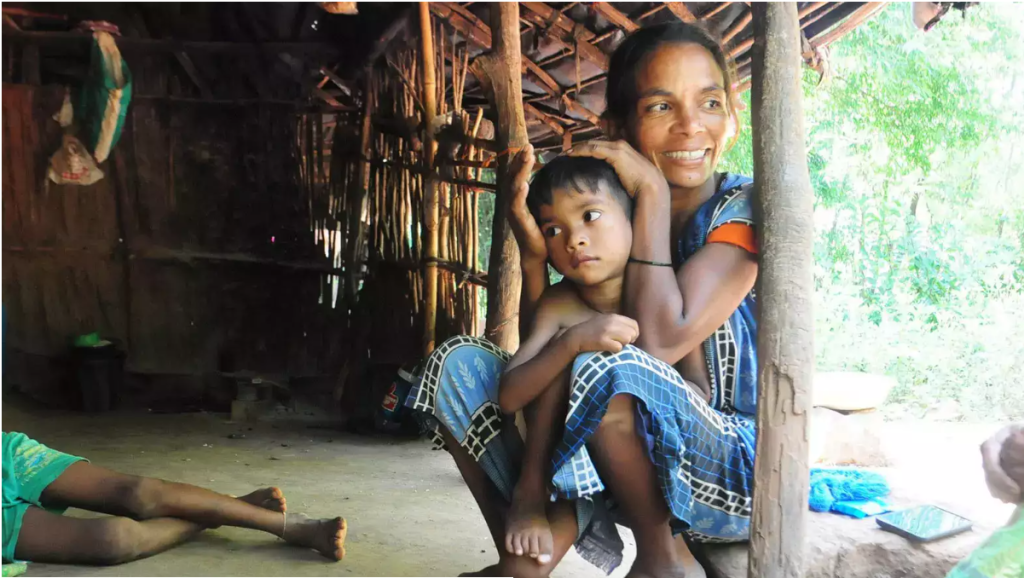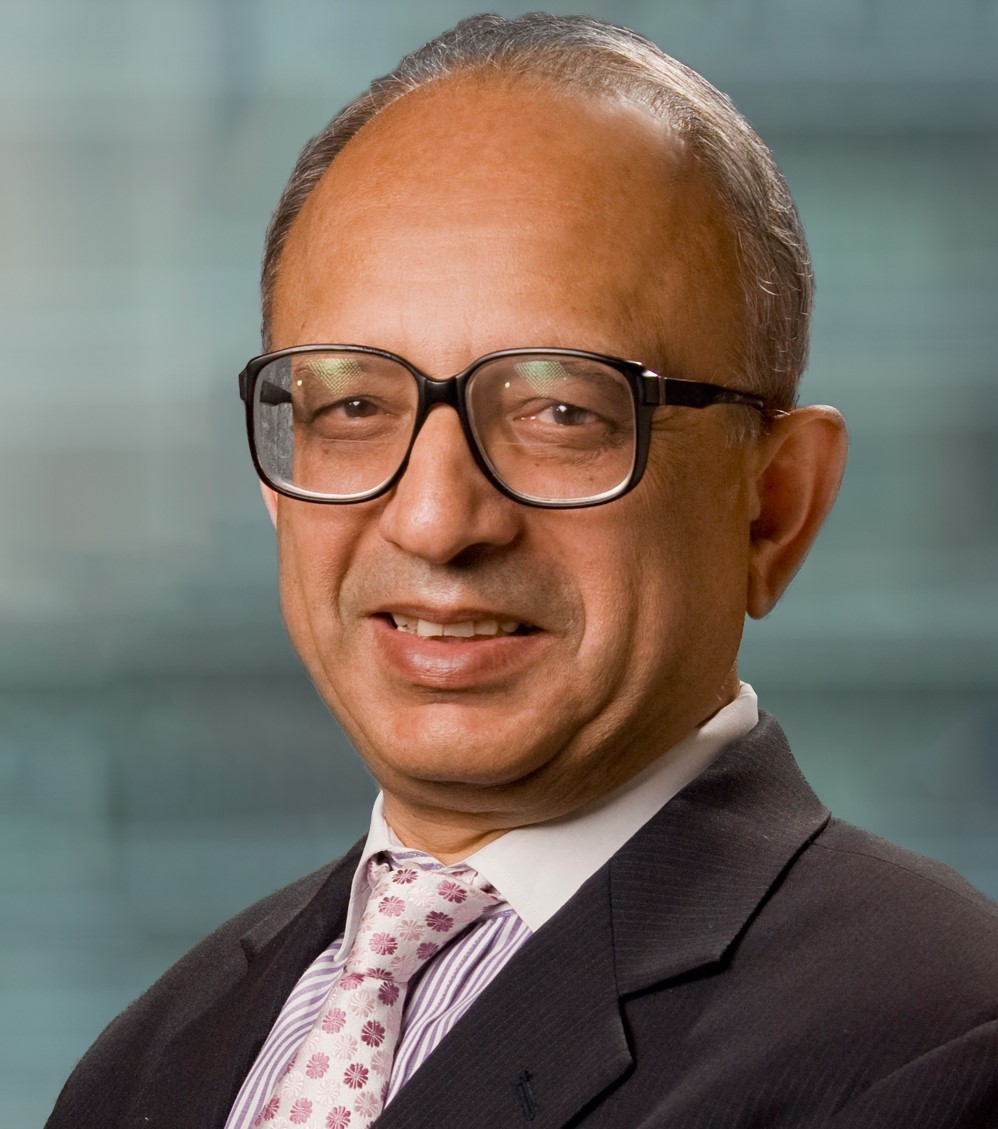Bangladesh has long overtaken India in life expectancy, fertility, child mortality, sanitation, school participation and gender equality. And now Nepal, with a per capita income half of India’s, has also begun to surge ahead
India is falling behind other countries of the region in education and health. Economist Jean Dreze has written a foreword to a forthcoming book by Swati Narayan, Unequal: Why India lags behind its neighbours.
Dreze notes that Bangladesh has long overtaken India in life expectancy, fertility, child mortality, sanitation, school participation and gender equality. Initially this was seen as a quirk, but the gap kept growing, proving deeply embarrassing for India.
This was attributed to special characteristics of Bangladesh such as outstanding NGOs and strong public health interventions. Its per capita income was also comparable with India’s.
But then Nepal, with a per capita income half of India’s, also began to surge ahead. For underweight and stunted children, India’s latest rates as per NFHS-5 (2019-21) are 32% and 35% respectively. This is an improvement on NFHS-4 but Nepal is far lower at 24% and 31.5%, and Bangladesh even lower at 23% and 28%.
Nepal is next door to Bihar, whose underweight and stunting rates are a whopping 41% and 43%. The same is true of many other health and educational indicators.
What is the matter? Above all, India suffers most from the caste system, which exists in some form even in Muslim neighbours. Caste inequality is the mother of all other inequalities — class (income), gender, region, language, and historical advantages. These inequalities reinforce one another, embedding inequality ever more deeply.
So, the most advanced castes and other groups keep roaring ahead while those at the bottom struggle with an educational and health system that barely functions.
The result: India has a world-class upper crust that has become a global force in information technology and the output of engineers, but the lower layers lag progressively behind, with the bottom layer being stark tragedy.
Caste discrimination continues to be the starting point in India of other inequalities that embed unequal access to opportunity.
Bihar is often called the most caste-ridden state. That is reflected in its pathetic per capita income as well as social indicators.
Most teachers are upper caste ones, and studies show that many of them are contemptuous of low-caste children, who are also difficult to teach because they lack literate parents, books at home, a sizable vocabulary at school entry, private tutors and pre-school learning.
The tough curriculum reinforces this. Teachers find it much easier to focus on the rich, most easily teachable children and neglect the others, especially if the rest do not matter socially.
But why is Hindu Nepal not equally handicapped by caste? The answer lies in the different caste composition and culture of not just Nepal but other Himalayan states like Uttarakhand, Himachal Pradesh and Sikkim.
All three were very backward in 1950, with very few roads, hospitals, schools or electrified areas. Yet they have improved much faster than other Indian states and now boast some of the best social indicators.
Literacy, according to the 2011 census, was high in Himachal Pradesh (82%), Uttarakhand (79%) and Sikkim (81%), well above India’s overall rate of 74%.
Some of the worst rates came from Uttar Pradesh (68%) and Bihar (62%). Female labour participation shows a similar pattern, being high in Himachal Pradesh (63%) Sikkim (58%) and to a lesser extent in Uttarakhand (30%), but far above neighbouring UP (17%) and Bihar (9%).
Why are the hill areas different? First, they have a higher proportion of hill tribals without a caste system. Second, these states got significantly populated only in the 19th century.
Sociologist MN Srinivas showed how the lower castes in India always tried to “Sanskritise” themselves, aiming for upper caste characteristics that would enable them to climb up the caste ladder.
The Himalayan states have a much higher proportion of Brahmins and Kshatriyas, and a relatively low proportion of shudras and Dalits. It appears that lower castes moving to the hills were able to Sankritise themselves easily, becoming Brahmins and Kshatriyas in large numbers. They faced little opposition — upper castes were not entrenched in the poor hilly regions.
Sanskritisation meant adopting Brahmin cultural markers like veneration for education. Historically, Brahmins were the only seriously literate caste in India. This hill culture appears to have created higher quality schools, motivated teachers and students, and parent-teacher relations that yielded consistently improving outcomes.
Nepal is a Himalayan region like the others, with a relatively high proportion of tribals and upper castes. That could have helped it rise faster than India overall. More research is needed on this.
In sum, caste discrimination continues to be the starting point in India of other inequalities that embed unequal access to opportunity. Quotas in education and public service have created a creamy layer among lower castes but no more.
I have no solution or silver bullet to offer. But as long as casteism is rampant, India will be overtaken by one country after another. This should not be the fate of a Vishwaguru.
This article was originally published by The Times of India on November 26, 2023.


